News Beat
News Beat reporting is an idrw.org initiative to let our Readers to report News Based on Actual facts but some how has not been reported in Main Stream Media .
SOURCE: RAUNAK KUNDE / NEWS BEAT / IDRW.ORG
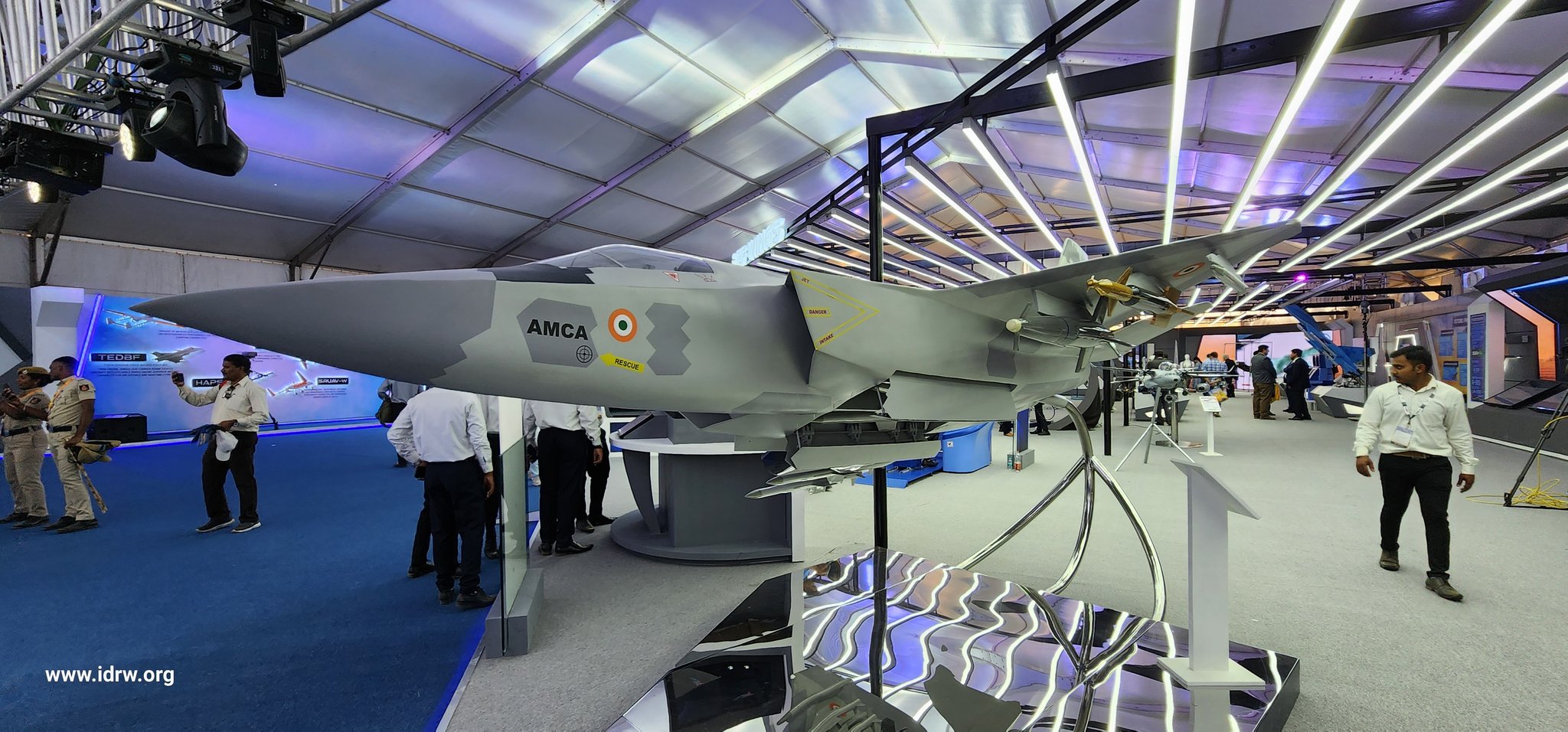
In a significant development, India has decided to pursue a self-reliant approach for its ambitious 5th generation Advanced Medium Combat Aircraft (AMCA) program. This move comes amidst offers from various international Original Equipment Manufacturers (OEMs) seeking collaboration in exchange for potential contracts under the separate Medium Range Fighter Aircraft (MRFA) tender.
According to reliable sources close to idrw.org, the Indian Ministry of Defence (MoD) is not considering any international collaboration for the AMCA program. The project aims to achieve a high degree of Indigenous content, with most of the work being executed by Indian Defence Public Sector Undertakings (DPSUs) and private sector companies.
Continue readingSOURCE: RAUNAK KUNDE / NEWS BEAT / IDRW.ORG
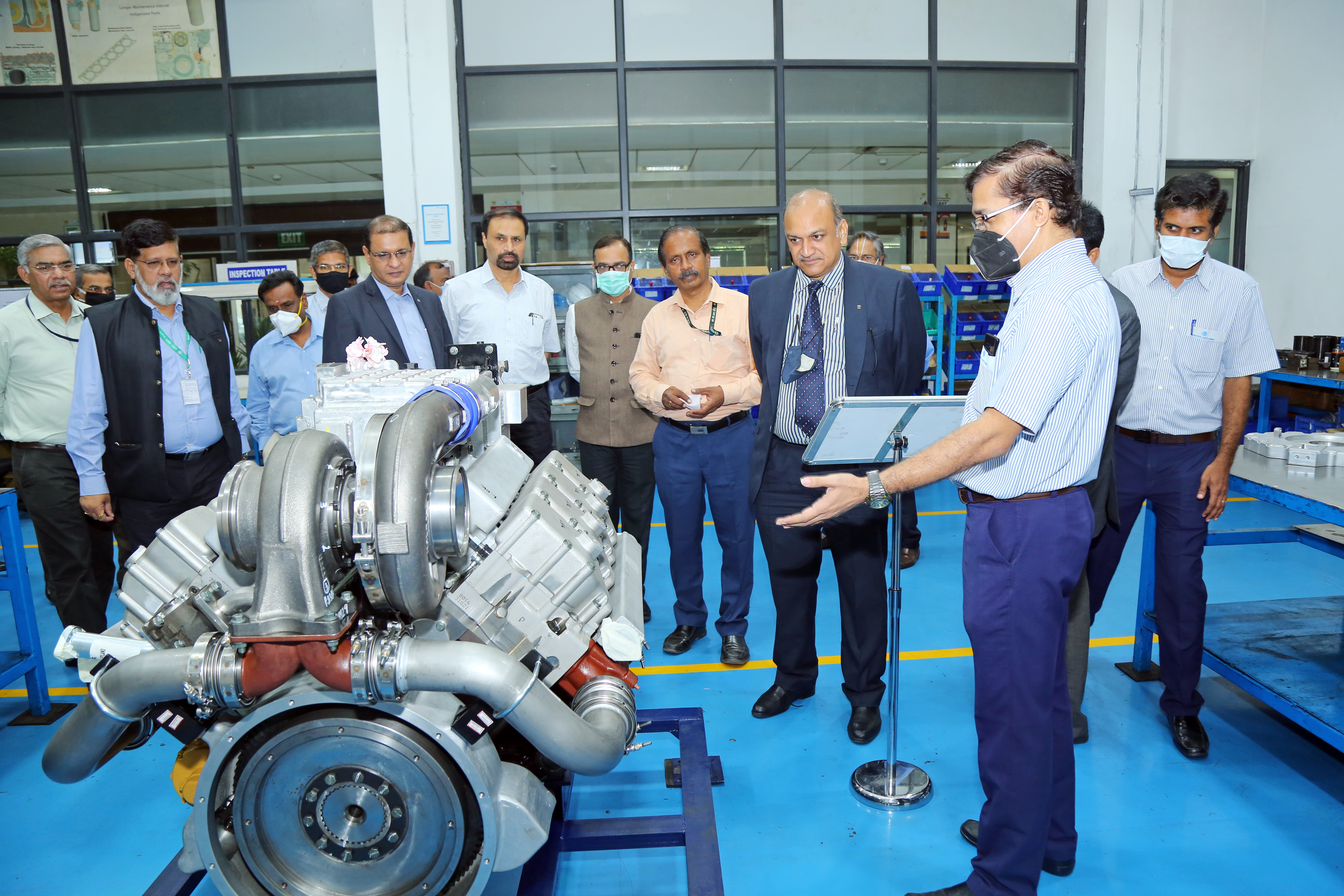
A significant milestone has been achieved in India’s quest for self-reliance in defence technology. The indigenously developed 600 horsepower engine, a joint venture between the Combat Vehicles Research & Development Establishment (CVRDE) and Ashok Leyland, is on the cusp of production readiness.
Initially conceived in 2021, the engine has undergone rigorous ground trials over the past three years. Incorporating advanced technologies, the engine is designed to be compact, efficient, and lightweight, making it a suitable power source for future combat vehicles.
Continue readingSOURCE: RAUNAK KUNDE / NEWS BEAT / IDRW.ORG

The Defence Research and Development Organisation (DRDO) has initiated work on a homegrown Laser Designation Pod (LDP) for its fighter jets. This critical component will significantly enhance the precision strike capabilities of the Indian Air Force.
The LDP is a sophisticated sensor-cum-targeting system that detects, recognizes, identifies, and designates surface targets for accurate delivery of precision-guided munitions. It also possesses the capability to transmit real-time target video and imagery to ground stations.
Continue readingSOURCE: RAUNAK KUNDE / NEWS BEAT / IDRW.ORG

BEML Limited’s Engine division has achieved a significant breakthrough with the successful completion of the first round of ground trials for India’s first indigenously made 1500 Horsepower (HP) engine for Main Battle Tanks (MBTs).
This marks a major milestone in India’s quest for self-reliance in defence technology. The 1500 HP engine, developed at BEML’s Mysuru complex, performed as expected during the trials, exceeding expectations. Engineers are currently analyzing the collected data to identify potential areas for further optimization.
Continue readingSOURCE: RAUNAK KUNDE / NEWS BEAT / IDRW.ORG
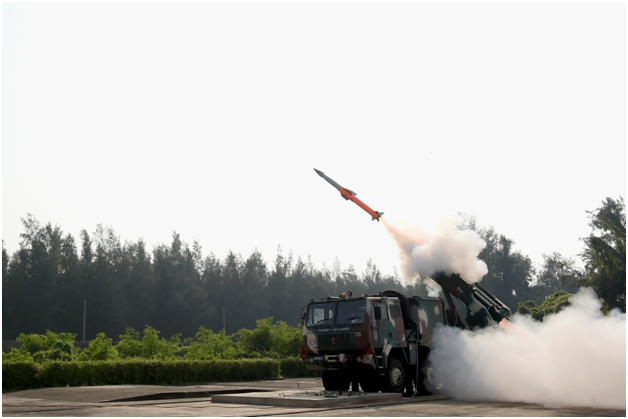
The Indian Air Force (IAF) is exploring a novel role for the indigenously developed Quick Reaction Surface-to-Air Missile (QRSAM). Originally designed to protect moving armoured columns from aerial threats, the QRSAM could now be deployed as a crucial layer of defence for the formidable S-400 long-range air defence system.
The S-400, a cornerstone of India’s air defence capabilities, is vulnerable to saturation attacks by multiple rocket launchers, a tactic employed by adversaries to overwhelm the system.
Continue readingSOURCE: RAUNAK KUNDE / NEWS BEAT / IDRW.ORG

Airbus Defence is revamping its campaign for the Indian Air Force’s (IAF) Medium Transport Aircraft (MTA) program, aiming to convince the IAF of the A400M’s operational efficiency and affordability.
Airbus has offered its A400M Atlas military transport aircraft in response to the IAF’s tender for 60 new transport planes. The company acknowledges earlier challenges related to the A400M’s service introduction, which resulted in a “reputation” for availability issues. However, Airbus emphasizes that these concerns are a thing of the past. “That is behind us,” declared Jean-Brice Dumont, Head of Air Power at Airbus Defence and Space, in a recent media statement. “Now the aircraft is there, it does the job, and it does many jobs.”
Continue readingSOURCE: RAUNAK KUNDE / NEWS BEAT / IDRW.ORG

In a significant development, India has decided to reduce the number of nuclear attack submarines planned under Project 77 from three to two. This decision comes after internal discussions with the Indian Navy and is aimed at optimizing resources while maintaining the core capabilities of the submarine fleet.
Initiated in 2015, Project-77 envisioned the development and construction of six advanced nuclear attack submarines in two phases. While the design and engineering phases have been successfully completed in 2022, the project has faced budgetary constraints.
Continue readingSOURCE: RAUNAK KUNDE / NEWS BEAT / IDRW.ORG
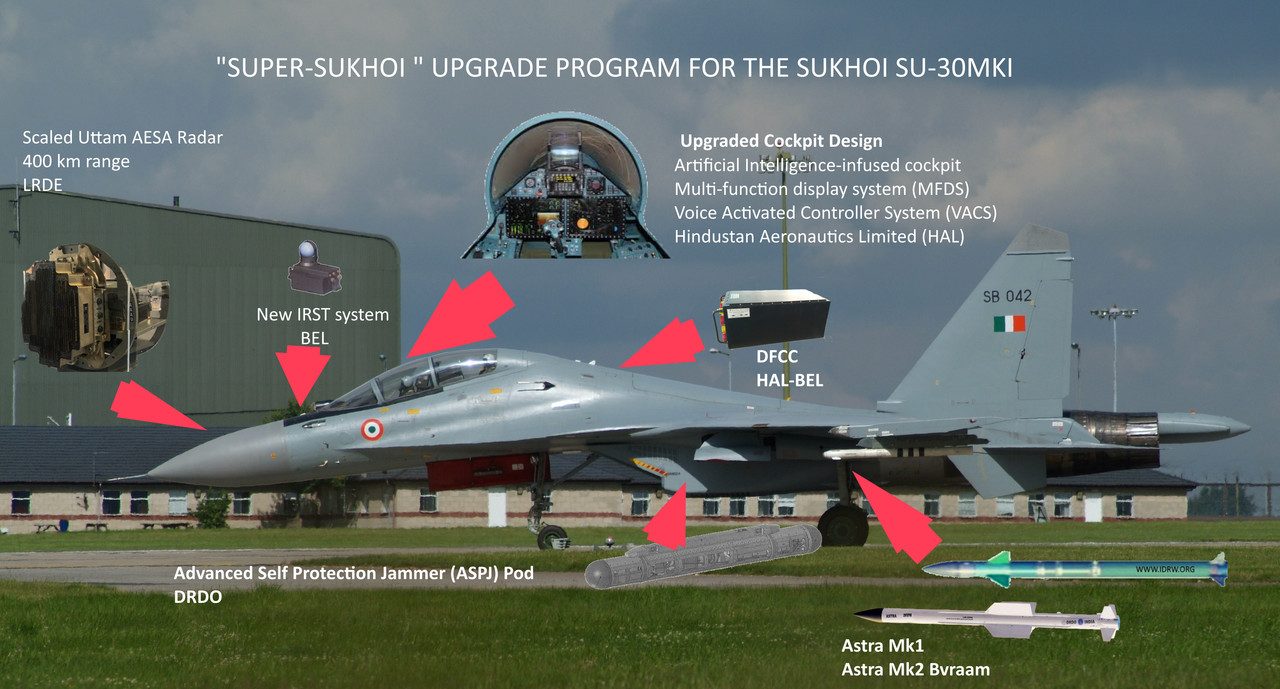
The Indian Air Force (IAF) and Hindustan Aeronautics Limited (HAL) are forging ahead with the ‘Super Sukhoi’ upgrade program, a comprehensive modernization initiative for the IAF’s Su-30MKI fighter jets. This ambitious project promises to significantly enhance both the indigenous content of the aircraft and their overall serviceability.
The upgrade package, slated for the initial batch of 84 Su-30MKIs, is expected to propel the level of indigenous content to a noteworthy 71%. This signifies a substantial leap in India’s self-reliance in fighter jet technology. By reducing dependence on foreign sources for components and systems, the IAF will gain greater control over maintenance and upgrade cycles.
Continue readingSOURCE: RAUNAK KUNDE / NEWS BEAT / IDRW.ORG
)
The skies over India are set to witness a changing of the guard as the Indian Air Force (IAF) prepares to phase out its ageing fleet of Hawker Siddeley HS 748 Avro transport aircraft. These twin-turboprop veterans, serving the IAF since the 1960s, will gradually be replaced by the more modern and versatile Airbus C-295M transport aircraft.
The C-295M, with its faster deliveries spearheaded by Airbus Defence, is nearing the point where the trusty Avros will be deemed surplus to requirements. This transition marks a significant chapter in the evolution of the IAF’s transport capabilities.
Continue readingSOURCE: RAUNAK KUNDE / NEWS BEAT / IDRW.ORG

The Indian Air Force (IAF) and Hindustan Aeronautics Limited (HAL) are reportedly close to finalizing a deal for the acquisition of 97 additional Tejas MkIA fighter jets, a move that underscores India’s commitment to bolstering its indigenous defense capabilities. As part of this significant development, General Electric Co. (GE) is in advanced negotiations with HAL to expand the delivery of its F-404 engines, which power the Tejas MkI. Despite facing supply chain challenges, GE has agreed to scale up its engine deliveries, ensuring the timely production and deployment of these advanced fighter jets.
GE’s F-404 engines are a critical component of the Tejas MkIA, providing the necessary thrust and performance for this lightweight, multi-role fighter. In 2021, GE signed a contract to deliver 99 F-404 engines to HAL, with a planned delivery schedule of 16 engines per year starting in 2023. However, global supply chain disruptions have impacted GE’s ability to meet this target, leading to a revised delivery plan.
Continue readingSOURCE: RAUNAK KUNDE / NEWS BEAT / IDRW.ORG
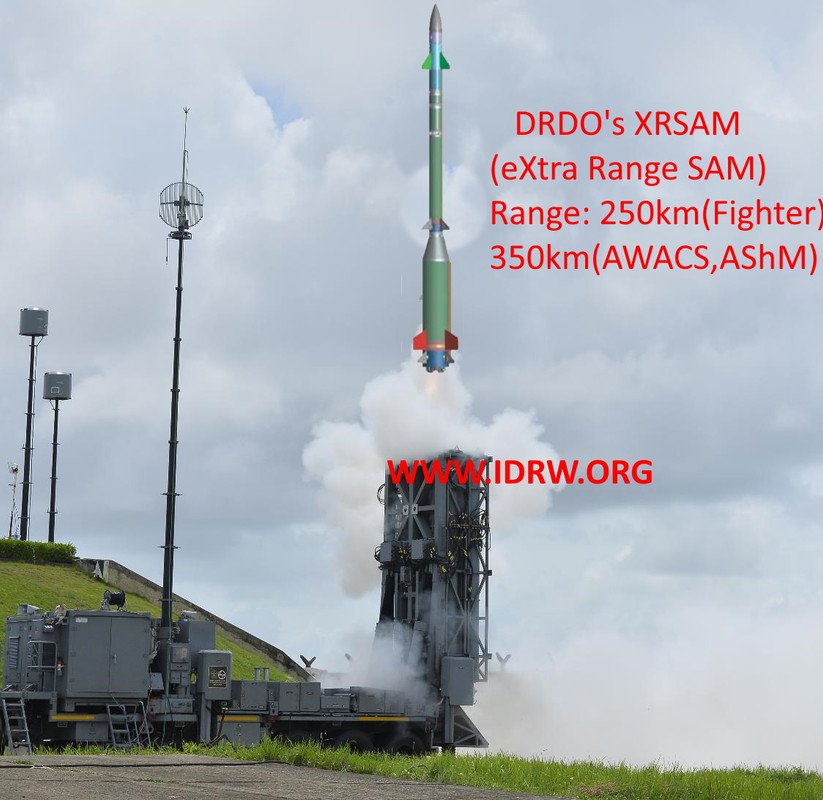
India is on the cusp of a major breakthrough in its indigenous air defence capabilities with the upcoming test of the Long-Range Surface-to-Air Missile (LRSAM), the cornerstone of the ambitious Project Kusha. Envisioned as a homegrown equivalent to the Russian S-400 Triumf, the LRSAM is set to provide India with a robust, layered air defence shield.
Developed by the Defence Research and Development Organisation (DRDO), the LRSAM is a critical component of the Indian Air Force’s (IAF) modernization plans. The missile, which has already entered the fabrication stage, is designed to intercept hostile targets at ranges of up to 150 kilometers. To counter larger aerial threats, two additional variants with ranges of 250 and 350 kilometers are in development.
Continue readingSOURCE: RAUNAK KUNDE / NEWS BEAT / IDRW.ORG

The Indian Air Force (IAF) is actively developing a space-based battle management system that will be able to track mobile targets in any airspace. This system will provide commanders on the ground with persistent surveillance and will be able to track aircraft that are currently difficult to track from space.
The IAF is currently engaging with the private sector to understand how smaller satellites can be repurposed to craft an architecture for moving target indication. The goal is to provide commanders on the ground with a clear picture of the airbase of rival camps, allowing them to study aircraft that are being deployed.
Continue readingSOURCE: RAUNAK KUNDE / NEWS BEAT / IDRW.ORG

The Indian Navy is looking to bolster its surveillance and reconnaissance capabilities with the development of an indigenous Naval Aerial Robotic System (NARS). This ambitious project aims to create a modular Unmanned Aerial Vehicle (UAV) capable of operating from aircraft carriers.
The NARS is envisioned as a versatile platform with a modular design, allowing for customization based on mission requirements. Key components include the airframe, engine, flight control unit (FCU), navigation system (incorporating the Indian Navigation Satellite System, NAVIC), artificial intelligence for target acquisition and decision-making, and the ability to swarm for enhanced reconnaissance. The system will be equipped with a variety of modular payloads to adapt to different operational scenarios.
Continue readingSOURCE: RAUNAK KUNDE / NEWS BEAT / IDRW.ORG
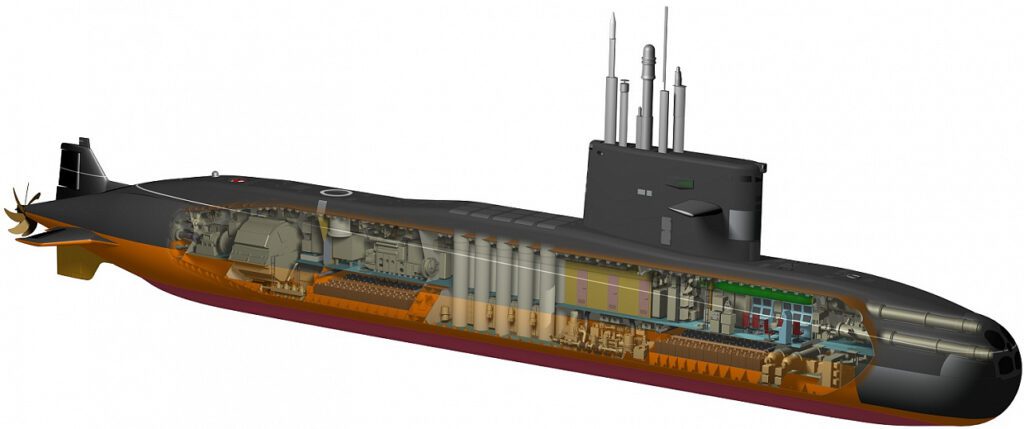
Russia is set to showcase its latest submarine, the Amur 950, at the Army-2024 military-technical forum. Dubbed a ‘floating battery’, this non-nuclear submarine is equipped with vertical missile launchers capable of firing a range of weapons, including the formidable BrahMos cruise missile.
Developed jointly by India and Russia, the BrahMos has already made waves in the global defense market. Its submarine-launched variant, integrated into the Amur 950, significantly enhances the submarine’s offensive capabilities. This development is likely to attract the attention of many countries seeking to bolster their naval power.
Continue readingSOURCE: RAUNAK KUNDE / NEWS BEAT / IDRW.ORG
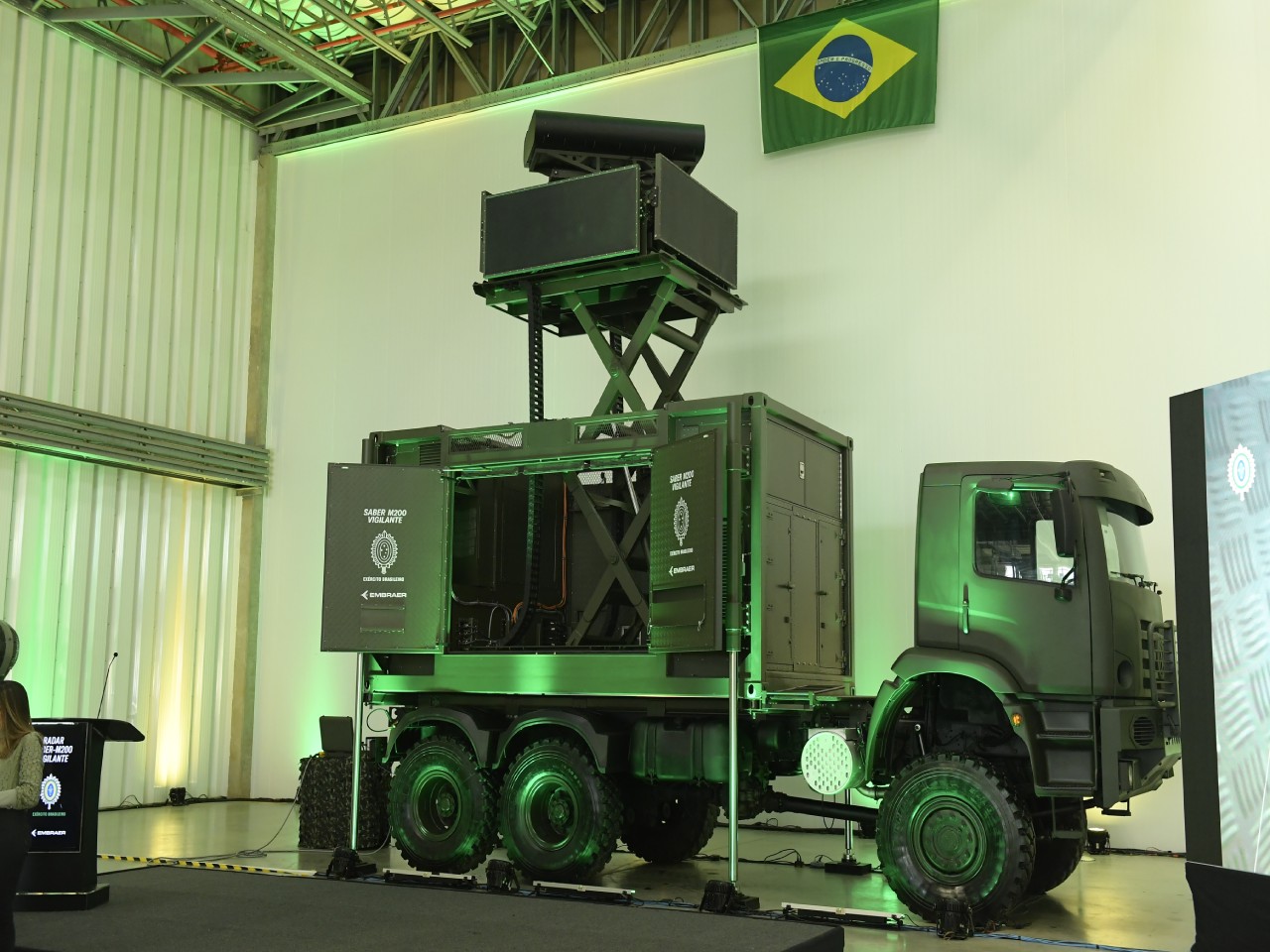
New Delhi has reportedly turned down a Brazilian request to incorporate domestically produced sensors into the final configuration of the Akash NG surface-to-air missile (SAM) system. Brazil had proposed replacing the Indian radar with its M200 Multimissão radar, a product developed from the M60 radar. The South American nation argued that the M200 would be better suited for low-altitude coverage and would offer enhanced multi-target capabilities.
However, India has insisted on maintaining the Akash NG’s original configuration, which includes an advanced Active Electronically Scanned Array (AESA) multi-function radar capable of search, track, and fire control functions. This radar system is seen as a key component of the missile system’s overall effectiveness.
Continue reading